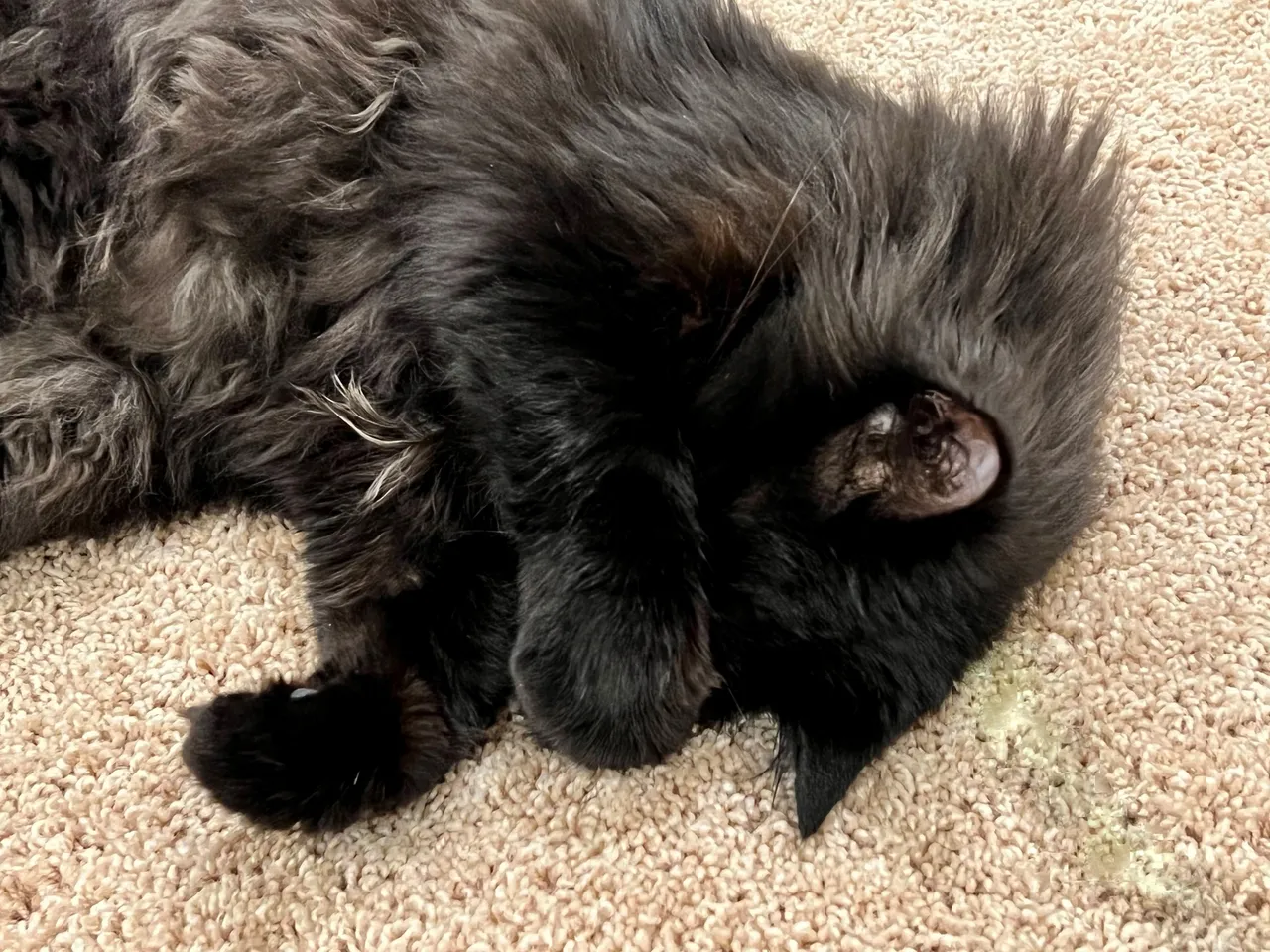I have a request. If you’ve set any goals or new year’s resolutions, my request is that you take time within the next seven days to review those goals and identify one goal which you can break down into a series of small, incremental, achievable steps. I make this request because I’ve seen far too many resolutions fail (my own and others) because we set our sights on an aggressive target starting from day one, and quickly lose our momentum. Based on my own experience, if we can find a strategy that starts small and incrementally builds, we are far more likely to get sustained success.
If you’ve read Atomic Habits by James Clear, you know what I’m talking about. This book is another one of my favorites, and it’s no surprise that it was the #1 selling book on Amazon last year. Clear outlines countless strategies for forming habits that stick, including starting small and building over time. Clear explains that the math shows if you can get one percent better each day at something for an entire year, by the end of the year you will be 37times better than you were at the start of the year.
For example, let’s say you wanted to increase your upper body strength. One common approach is to get a gym membership. You declare you’ll go to the gym three days a week and lift for an hour per visit. Or maybe you go with a BHAG (Big, Hairy, Audacious Goal) and declare you’re going two hours per day, six days a week). Unfortunately, getting to the gym is hard, and once you miss one visit, it’s easy to miss another, and before you know it, you’ve given up on the goal. Suppose, instead, you spent 60 seconds today and did as many pushups as you can with good form. Maybe that’s 10. That’s achievable. You didn’t have to go anywhere; you probably didn’t even need to change clothes. Tomorrow, you add one. The next day, you add another. In just three months, you find yourself doing 100 pushups a day. I did this first with pushups, until I got to 100 pushups three times a week. Then I added in a core strength exercise. Then I added pullups. In each case, I started with 60 seconds, and built slowly over time.
Building a meditation practice lends itself very well to this approach. Start with one minute a day. Consider keeping it at one minute for an entire month, to build a reliable habit. Then gradually add a minute, perhaps adding one minute each week. Before you know it, you’re meditating 15 minutes a day and you’ve got a reliable meditation practice.
How can we employ this for losing weight? Again, we could take the BHAG approach. We could immediately switch from paying no attention to what we are eating and drinking to limiting ourselves to 1,500 net calories per day. Or we can look for something more gradual. I am not a health coach, so please only take this as illustrative. When I wanted to drop twenty pounds, my journey was more like this:
- Step 1 – Consistently log everything I eat in MyFitnessPal. I built an important habit that would support my journey with very little effort.
- Step 2 – Learn from the data. I had no idea how many calories came in soda, wine, fruit juice, etc. If I wanted something sweet, maybe cake wasn’t the best option. Did I really want that second donut at the cost of another 300 calories? Who knew mayonnaise had that many calories? Who knew vegetables had almost none?
- Step 3 – Gradually lower my net calories. It looked like I needed to get to 1,500 net calories but I didn’t jump straight to that target. I gave myself several weeks to stair-step my way down from my current intake to the goal. By this point MyFitnessPal was a reliable habit, so I had the data.
One final real-world example I’ll share. Pictured at the start of this blog is a cat we’ve named Omar. Nine months ago, we first spotted Omar on our backyard security camera. To keep a long story short, over the span of nine months, my wife incrementally moved from monitoring Omar on the camera, to feeding him, to getting him acclimated to a feeding schedule, to befriending him, and finally, on New Year’s Eve, Omar was comfortable enough with us that he walked into our open door and moved into our basement. At several points along the way she reminded me to be patient. Do not to rush him. He would come around when he was ready.
So now it’s your turn. Take another look at those goals. Do you have any BHAGs that could stand being reimagined as atomic habits? Break it down!
Want to comment? Join the conversation on LinkedIn.

